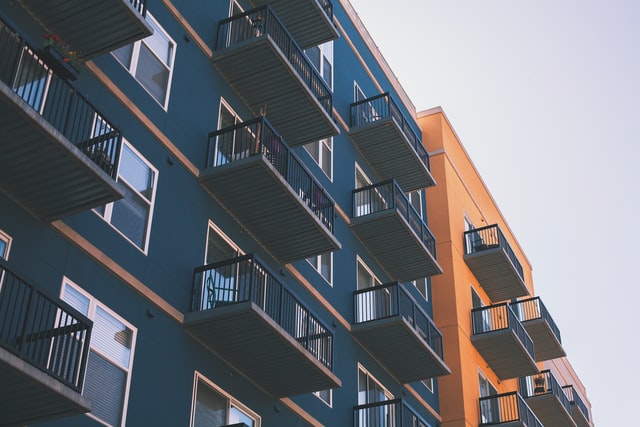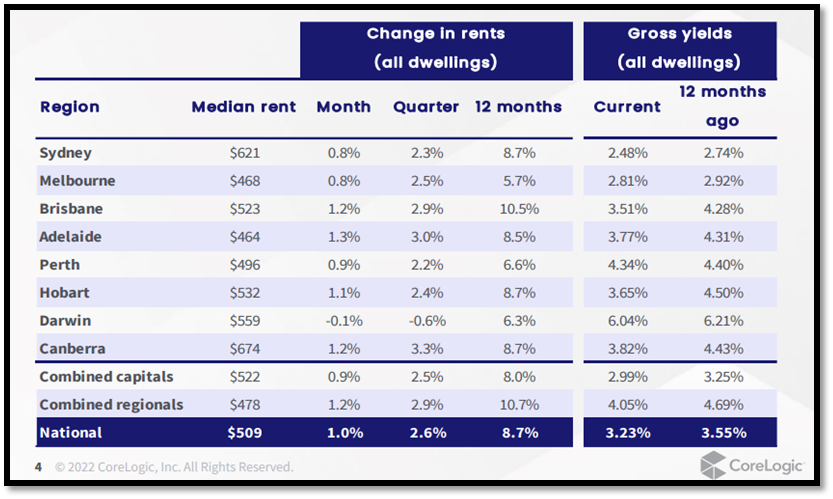
Rental unit markets seemed to have started gaining back what they lost during the height of the pandemic as rents rise.
According to CoreLogic’s latest Rental Review, the unit market managed to outpace the house market in terms of rents, with the former posting a quarterly growth of 3.1% versus the latter’s 2.2%.
The pace of capital city rental growth has accelerated compared to the previous quarter, up 30 basis points for houses and two percentage points for units. Due to this, the annual performance gap between capital city houses and units fall to the smallest gap since the onset of COVID, at just 80 basis points.
However, it is still worth noting that on annual terms, the 9% growth in house rents still outperformed the 8% gain in unit rents.
Overall, the national rental index, which includes reading for both property types, grew by 2.6% over the first quarter of 2021, putting the median dwelling rent at $509.
This outpaced the 2.4% growth in the dwelling price index during the same period.
CoreLogic head of research Eliza Owen said it is interesting that as dwelling price growth started to moderate, the rental market appears to have found its footing to re-accelerate.
“Much of this momentum could be stemming from a recovery in Melbourne rent values, which saw a peak-to-trough decline of 4.0% between March and December of 2020 but have since recovered to pre-COVID levels and hit new record highs,” she said.
“The only market which has not yet quite recovered full value since the onset of COVID is the Inner Melbourne market, but it is well on its way.”

Biggest gainers in rent
All capital cities, save for Darwin, reported quarterly increases in dwelling rents.
The biggest gain was recorded by Canberra at 3.3%, putting its rent on top of the leaderboard at $674.
Adelaide recorded the second strongest rental performance, up 3.0% over the quarter, followed by Brisbane (2.9%), and Melbourne (2.5%).
Ms Owen said these gains reflect a noteworthy reversal in growth trends from where conditions are during the height of the pandemic.
“Melbourne rent values have now seen a rise in quarterly growth for four consecutive quarters while rent markets that saw high demand earlier in the cycle, such as Perth and Darwin, have been consistently easing,” she said.
The easing of travel restrictions for overseas arrivals could be attributed for the revival in Melbourne’s market.
“Additionally, eased social distancing and increased rates of vaccination will also aid return to office strategies, which may flow through to more rental demand in inner Melbourne markets,” Mr Owen said.
Rental yields on the rise
The slightly better performance of rental markets compared to the sale markets sparks good news for property investors as yields inch up.
Over the quarter, overall rental yields increased to 3.23%. This figure, however, is still below the 3.55% rental yield recorded during the same period last year.
This is the first time since August 2020 that gross rental yields increased, albeit only slightly.
With the projection of slowing price growth and stronger demand for rental properties, overall yields are likely to continue to increase.
—
Photo by @paralitik on Unsplash
